The Difference Between Eau de Parfum, Eau de Toilette, Cologne and Extrait
Fragrances are a must-have accessory for most of us. Whenever we go out, be it for work or a dinner date, getting ready and doing makeup is always followed by a good fragrance. But there’s a difference between the types of fragrances you choose for different occasions.
How many times have you stood in the fragrance section of a department store and gotten confused by the seemingly endless number of choices? You might have noticed terms like Eau de Toilette (EDT), Eau de Parfum (EDP), extrait, and cologne being thrown around. But what do these terms mean? And how do they affect the way a fragrance smells and wears? We are going to discuss the differences between these fragrances and how they impact the intensity and longevity of a scent.
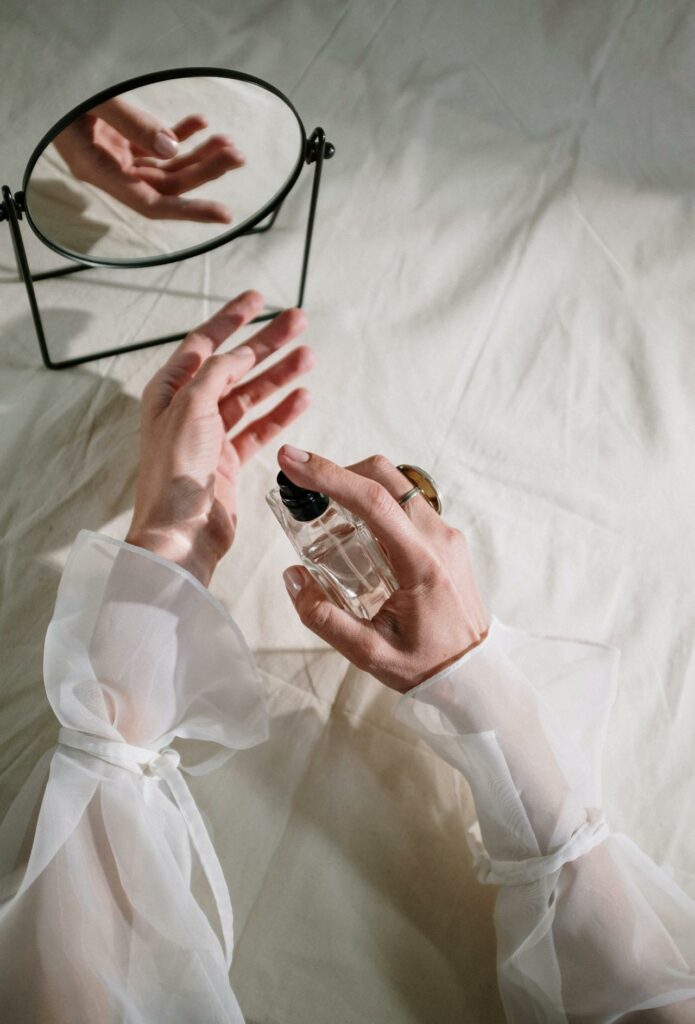
The Difference of Concentration
The main difference between all these fragrances is the concentration. This means the percentage of perfume oil mixed with alcohol and water within the fragrance. Let’s have a close look at it:
1. Eau de Cologne (EDC):
Colognes are the lightest and most refreshing option. These have a mere 3-5% perfume oil concentration. Such lower concentrations result in a subtle, citrusy scent that lingers for 2-3 hours. Generally, Eau de Cologne is marketed towards men, but fragrances have no gender. Explore Jomashop’s Xerjoff cologne collection to find the ones best suited for you.
Colognes are perfect for those who prefer a subtle scent or for hot weather wear when strong fragrances feel cloying. They are also a great choice for layering with other fragrances, as their lighter nature won’t overpower other scents. Because of their lower concentration oils, colognes are generally more affordable than other fragrance types.
The key features of Eau de Cologne are:
- Lowest concentration (3-5% essential oils)
- Light and refreshing scent
- Shorter lifespan (2-3 hours)
- Ideal for hot weather or everyday wear
- Great for layering
- Generally more affordable
2. Eau de Parfum (EDP)
Eau de Parfum offers a sweet spot between intensity and wearability. It has a 15-20% concentration. EDP gives a noticeable yet sophisticated scent that lasts for a good 4-8 hours or even longer on some people.
EDPs are a great choice for special occasions or when you want a scent that makes a lasting impression. The higher concentration gives a richer and more complex fragrance profile, with the different notes unfolding more prominently. However, due to their luxurious nature, EDPs tend to be pricier than EDTs.
Eau de Parfum’s features are:
- Stronger concentration (15-20% essential oil)
- Long-lasting fragrance (6-8 hours)
- Ideal for special occasions or evenings
- Makes a bolder statement
- Generally more expensive than EDT
3. Extrait de Parfum (Extrait)
Extrait has the highest concentration of 25-30% perfume oil. It means you get an intense, long-lasting aroma (more than 8 hours) that unfolds in beautiful layers. It gives a vibrant and luxurious fragrance. However, the price can be on the higher end. Extraits are typically the most expensive fragrance option.
Extraits are similar to the category of fragrances’ haute couture. They are usually made with expensive ingredients, and the larger percentage of natural essential oils helps them produce a rich fragrance. Extraits are ideal for fragrance enthusiasts and those who appreciate the finer things in life. A single spritz can create a powerful statement.
The features that make Extrait de Parfum different are:
- Highest concentration (20-30% essential oils)
- Incredibly long-lasting (12 hours or more)
- Compex and luxurious scent profiles
- Made with high-quality ingredients
- The most expensive type of fragrance
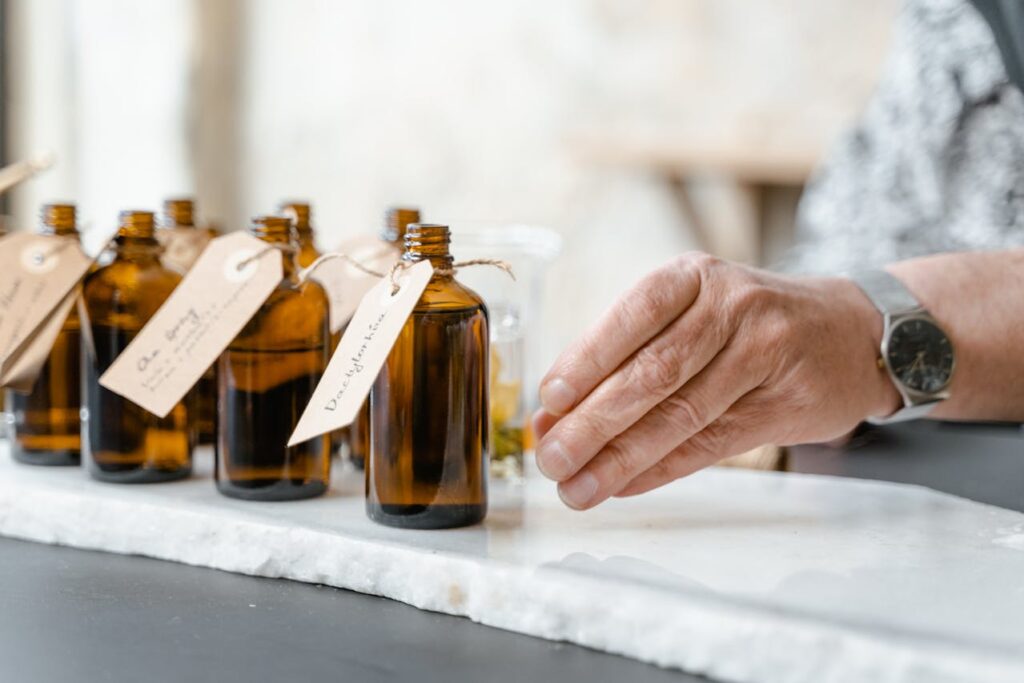
4. Eau de Toilette (EDT)
This one is a lighter version of EDP. Eau de Toilette contains 5-15% perfume oil. This means a refreshing and more noticeable scent with moderate sillage that lasts for 3-5 hours. EDTs are adaptable and suitable for different occasions, including work and casual outings. They provide a nice blend of intensity and longevity, which makes them a perfect choice for daily wear. Different ranges of fragrances are available in the EDT category to suit different tastes and preferences.
The following features make Eau de Toilette stand out:
- Moderate concentration (5-15% essential oil)
- Lasts for 3-5 hours
- Versatile for various occasions
- Wide range of fragrances available
- A good balance between price and performance
The Difference of Olfactory Experience
The perfume’s composition is another important differentiating factor. It impacts the way the fragrance unfolds on your skin. This is known as the fragrance pyramid, composed of three keynotes:
- Top notes are the first impression. Light and fresh scents you notice immediately after application. Citrus, lavender, and mint are common top notes.
- Heart notes emerge from the core of the fragrance after the top notes fade. Floral scents, spices, and fruits are some of the examples.
- Base notes are the long-lasting notes that linger after the others have faded. They provide depth and complexity to the fragrance. Common base notes are musk, sandalwood, and vanilla.
Due to lower oil concentrations, colognes tend to have a simple fragrance pyramid. The top notes are often the most prominent, but heart and base notes play a less significant role. It results in a more linear scent experience.
Eau de Toilette offers a balanced fragrance experience compared to cologne. The higher oil concentration allows the heart notes to unfold a bit more and adds some complexity to the scent journey.
On the other hand, Eau de Parfum has a full fragrance pyramid to unfold and gives a more complex and nuanced olfactory journey. You’ll experience the top notes first, followed by the heart notes as they unfold, and finally, the long-lasting base notes that linger throughout the day. Extraits provide the most intense and long-lasting experience of the fragrance pyramid.
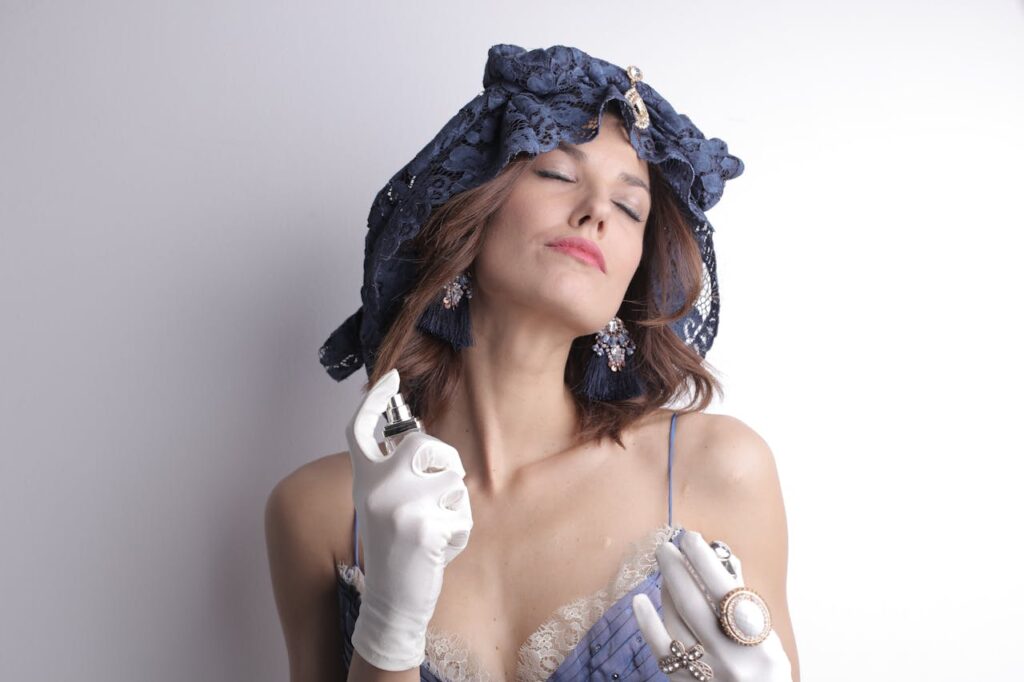
Additional Considerations
Even though fragrance concentration has a major impact on scent intensity and longevity, other factors can also influence how a fragrance performs. These factors include:
- Skin Chemistry:
Everyone’s skin chemistry is unique, and it can affect how a fragrance smells and unfolds on the wearer. Specific notes may be amplified or muted depending on an individual’s skin type.
- Climate:
Hot and humid weather can cause fragrances to evaporate more quickly. Choose lighter fragrances in warmer weather and save the stronger ones for cooler days.
- Application
Where you apply your fragrance can also impact its longevity. Pulse points, such as wrists and neck, tend to be warmer areas and project the scent more effectively.
Finding Fragrances According to the Seasonality
The intensity of a fragrance plays a role when choosing one for a specific occasion and season.
- Cologne
The lighter scent profile of cologne makes it ideal for daytime wear, especially in warmer months. Its refreshing notes won’t overpower you or those around you.
- Eau de Toilette
EDT offers a good balance between intensity and longevity. It’s a versatile option that can be worn throughout the day and in various seasons.
- Eau de Parfum
The bolder fragrance of EDP is perfect for making a statement during evenings or cooler weather. However, only a spritz or two should be applied as the scent can be quite potent.
- Extrait
Due to their high concentration, extraits are best suited for evening wear or special occasions. A single spritz can last a very long time.
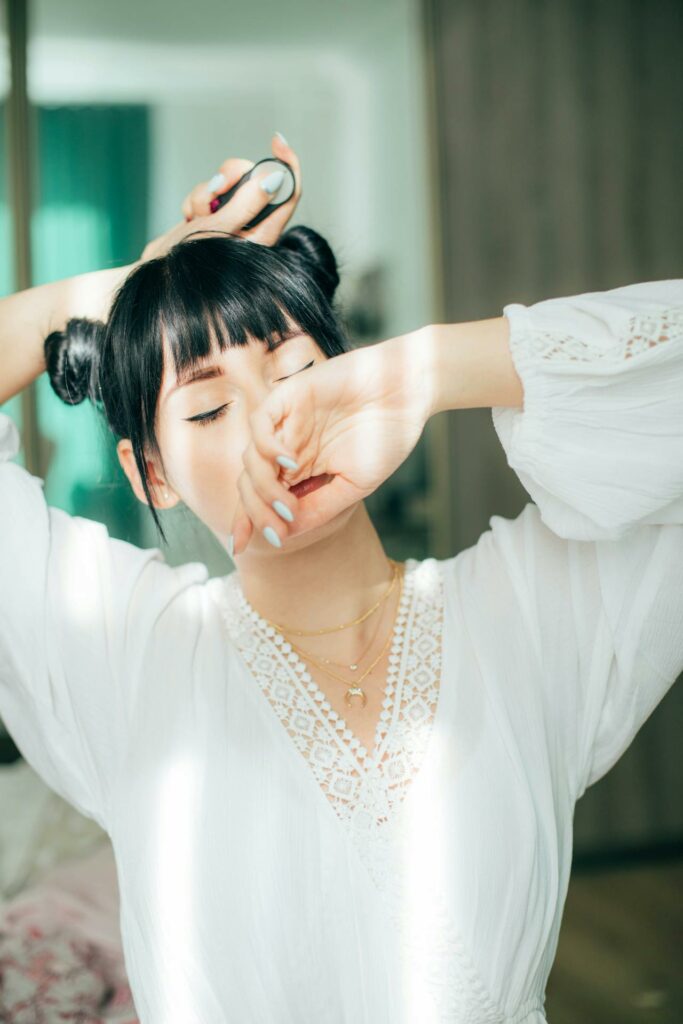
Tips to Choose the Right Fragrances
Now comes the main thing: how to choose the right fragrance for your needs. Here are some tips to consider:
- Consider the occasion for which you’ll be wearing the fragrance. A lighter fragrance could be suitable for daytime wear, but a stronger one could be perfect for an evening outing.
- The best fragrance is the one you enjoy the most. So consider whether you prefer a light and refreshing scent or something more bold and statement-making.
- Fragrances range in price depending on the concentration and quality of ingredients. Set a budget and choose a fragrance that fits comfortably within it.
Final Note
Choosing a fragrance type is a personal choice. It depends on your mood, environment, and many other factors. If you’re in a rush, you can find here a selection of Tom Ford perfumes that match very well with every occasion. But it’s always a good idea to experiment with different types and concentrations to discover what works best for you. When testing fragrances, spritz them on a tester card first. Let the scent develop for a few minutes before sniffing. It will give you a more accurate sense of how the fragrance will evolve on your skin.
Author’s Bio:
Arthur Blaze is a wordsmith and watch enthusiast. Spotting fakes and writing insightful reviews are his forte, whether it involves unraveling the complexities of a Patek Philippe or marveling at the craftsmanship of a Rolex. As an avid investor in luxury watches, he navigates market trends to curate a collection that tells a story of discernment and foresight, featuring icons like Audemars Piguet and Omega. Join him in exploring the timeless allure of luxury timepieces, where every tick of the clock is a testament to horological excellence.
Header Photo Credit: Kristina Paukshtite: https://www.pexels.com/photo/brown-sun-hat-on-brown-and-white-floral-sling-bag-1460838/






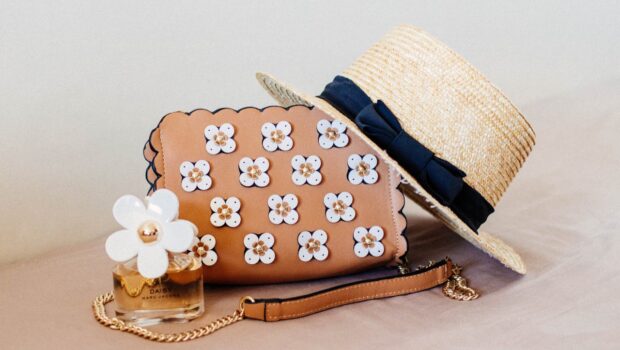
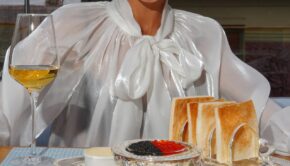
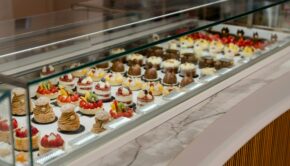






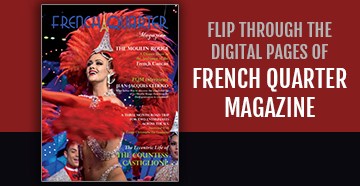





I love the information; i never thought about it; thank you so much